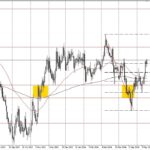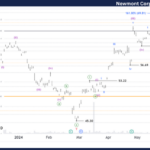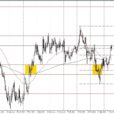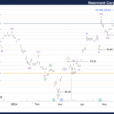
 Image source: Pixabay
Image source: Pixabay
In a recent blog post, Vasant Dhar had some interesting remarks about the possible role of AI in Fed policy:
Might AI help us better understand the data and design better economic policy interventions?
Last week I had lunch with some central bankers who wanted to talk to me about AI. They were interested in discussing how they should think about the risks and opportunities associated with the increasing presence of AI in financial markets. I asked them the same question I had asked Paul: could AI do the work of the central bank? Over the course of the meal, they realized that an AI would indeed have a lot to offer in terms of connecting the dots better than humans can. The dots would include historic data on all past central bank monetary policy decisions, past communication and forecasts, all past and contemporary data available at the time, and all literature published about the subject over time. In principle, we felt that the AI might do a better job of modeling the economy. At the very least, its models should be compared to the ones currently in use.
But we’d still need humans to blame, they concluded. After all, you can’t get mad at an AI if it’s wrong.
I can certainly see the attraction of using AI in the formulation of monetary policy. But on balance, I’d still prefer to rely on a market approach to policy.Would an AI be able to forecast better than an NGDP futures market? That’s hard to say. An AI forecast might incorporate market forecasts, and also other factors missed by market participants. In that case, you could think of AI forecasts as man/machine hybrids. In the early days of computer chess, play that combined the insights of both grandmasters and computer programs was better than either man or machine working in isolation.But if AIs are truly superior to the market in certain respects, then we can expect market participants to use AI when engaged in the trading of financial assets. If so, then the insights of various AIs will become incorporated into market prices.From this perspective, the addition of AI is not a qualitative change in markets or forecasting. Rather the AI revolution will add lots of really smart “entities” to the market, making it even more efficient than before. This may be important, but it’s still more of a quantitative than qualitative change. Even if some AIs are smarter than any individual, including Jay Powell, no individual AI will be smarter than a market that includes lots of smart humans and lots more even smarter AIs. The wisdom of crowds still holds.A potentially more promising use of AIs would be to come up with the appropriate target of Fed policy (say inflation vs. NGDP growth or levels vs. growth rates.) Those questions cannot be answered by market forecasts, as there is no point at which future data clearly resolves the question of who was right or wrong. Of course, this is true of a wide range of public policy questions. Thus we could envision asking AIs whether the death penalty increases or reduces the aggregate utility of society. If this thought makes you queasy, you can take some comfort in the fact that AIs are currently very far from being able to answer that sort of question, and it’s not clear they will ever be able to do so.PS. David Beckworth asked an AI what it thought about using AIs in monetary policy.More By This Author:Was High Inflation Inevitable? America, But With Fewer Immigrants How Should We Make Housing More “Affordable”?















